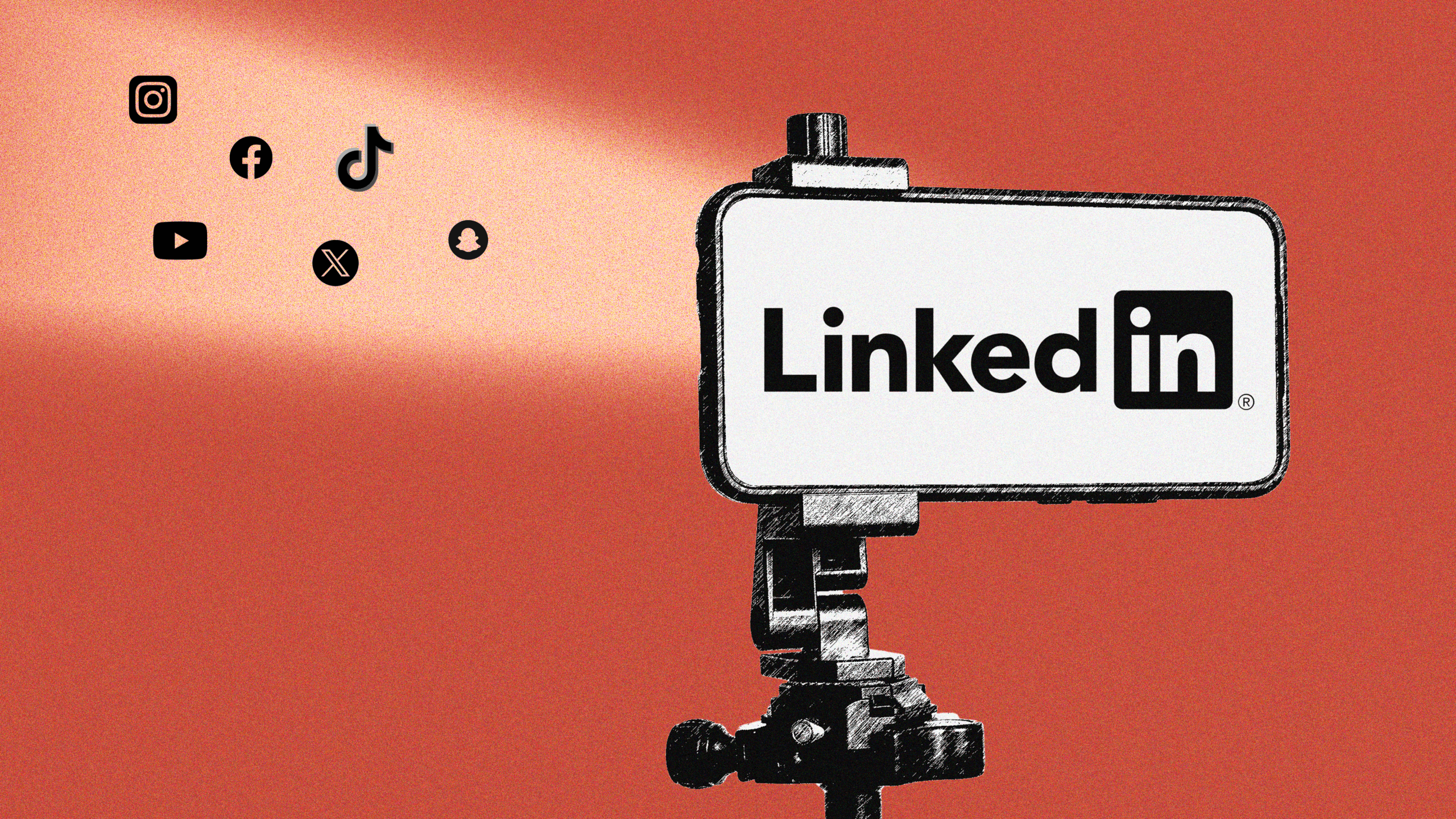A faculty member shares their computer screen during class. The shared screen includes a look at the faculty member’s internet history. And, yes, it includes porn sites they visited. A member of the class shares about the incident on a social network. Then, it becomes a complaint.
This very possible (and possibly real) scenario is the perfect framing to talk a bit about if, when, and why a complaint can become a crisis.
Crisis communication is among the most important parts of a higher education social manager’s work. Usually that comes as part of a team that’s responding to an unpreventable external crisis.
Even more difficult is the decision to turn something internal into a crisis, such as the scenario described above. Students in a classroom get a good look at a teacher’s porn predilection and someone shares about it. The social admin sees that post caught in their daily monitoring net.
Now, they’ve got to decide what to do about it.





